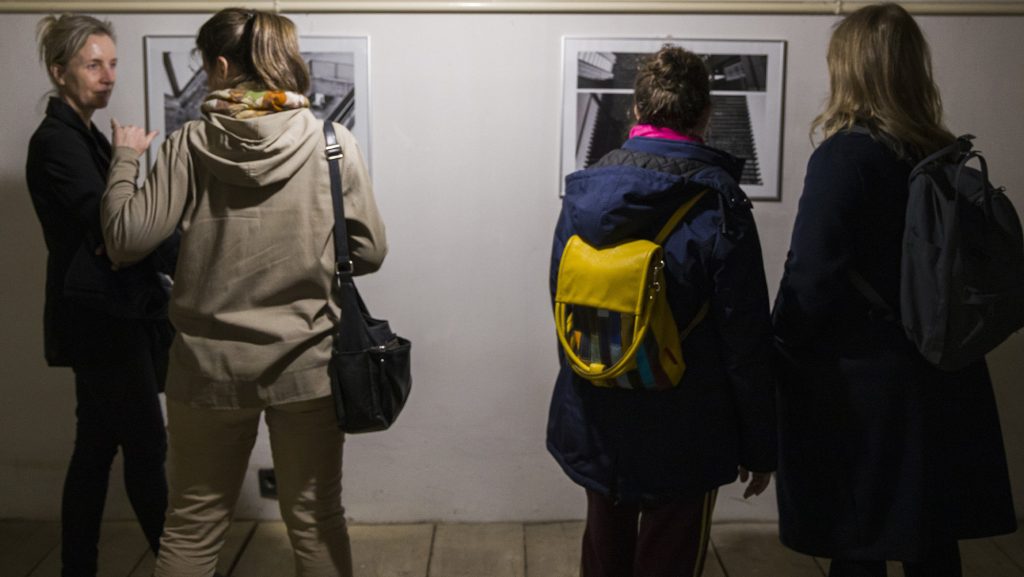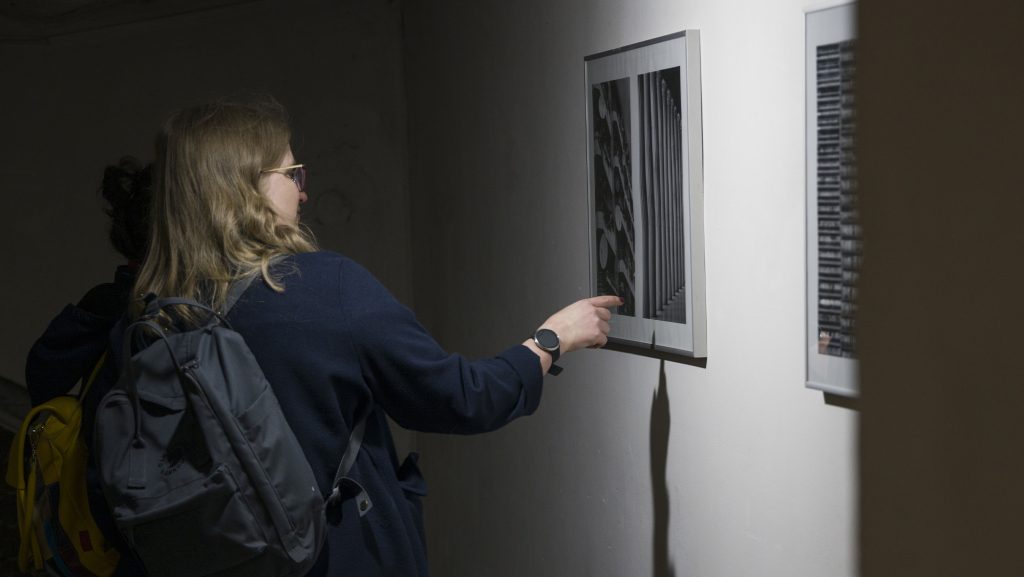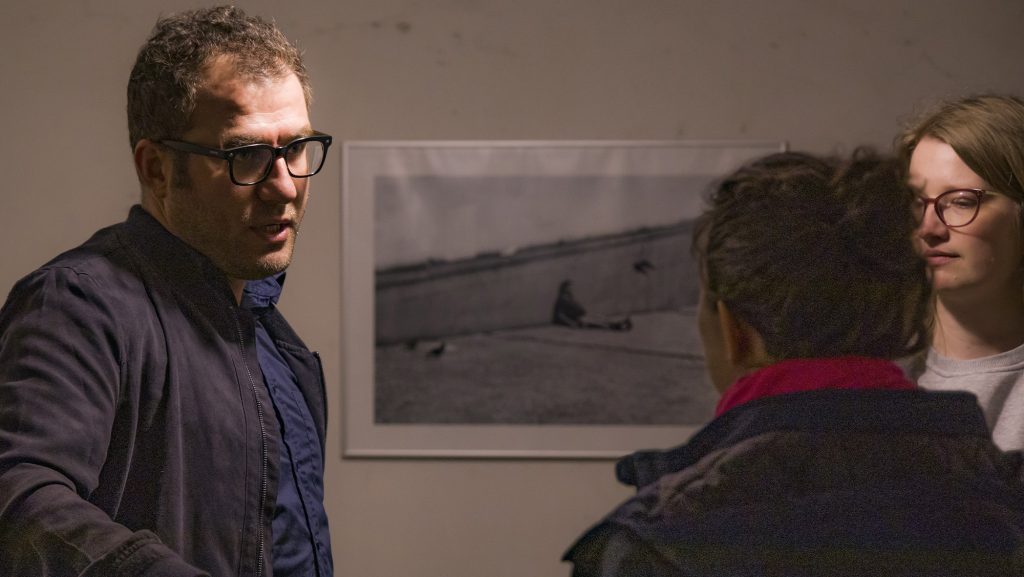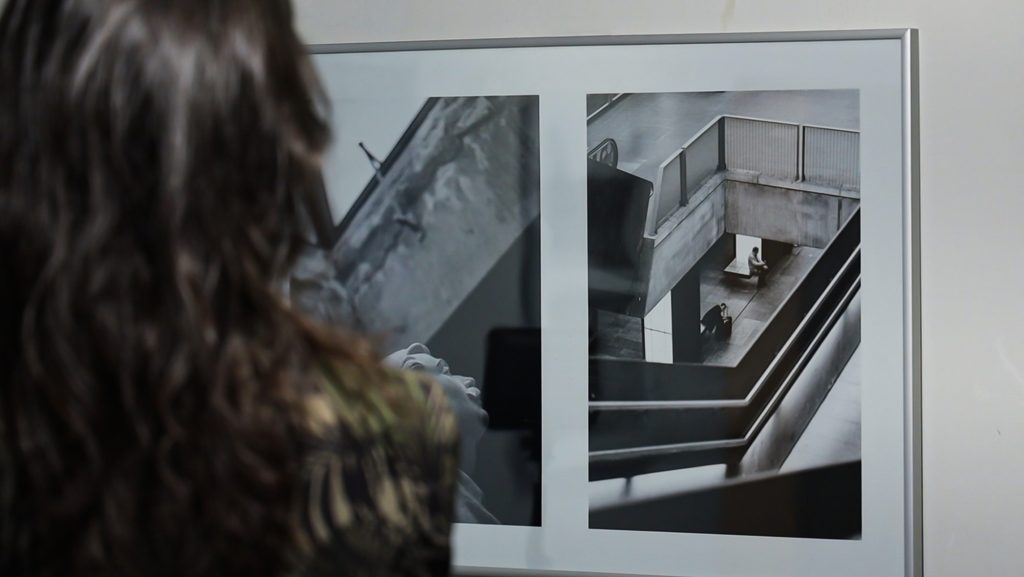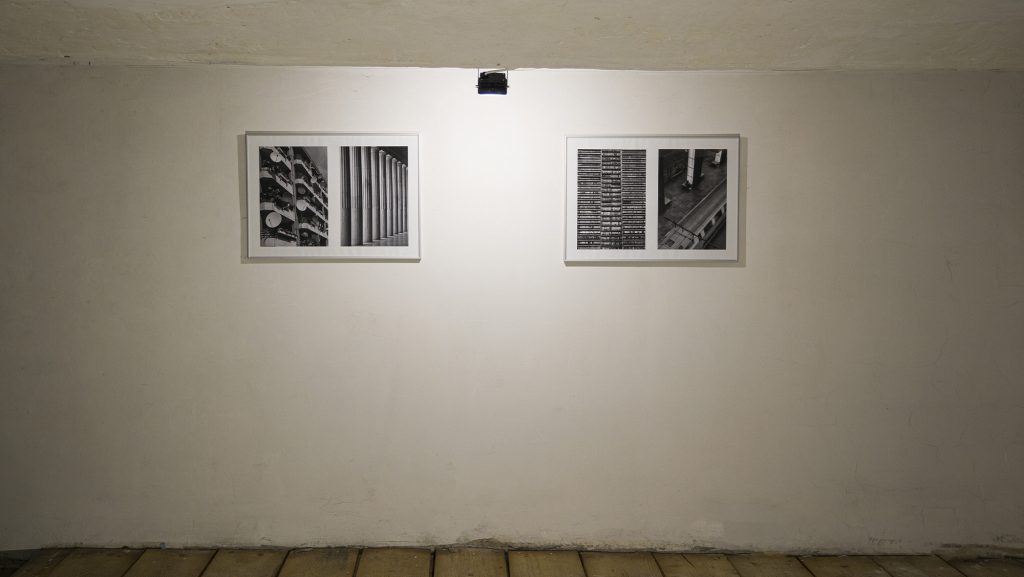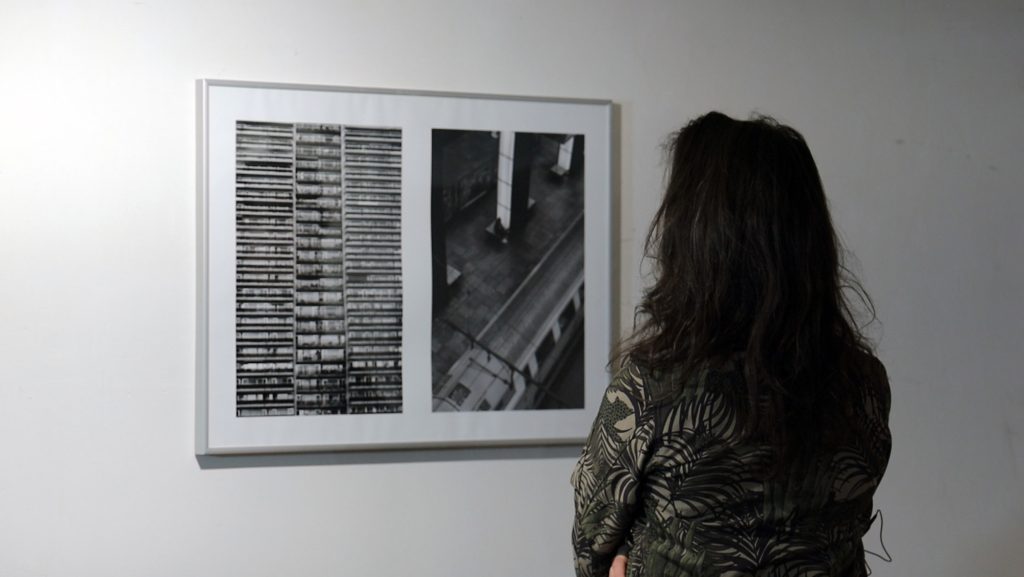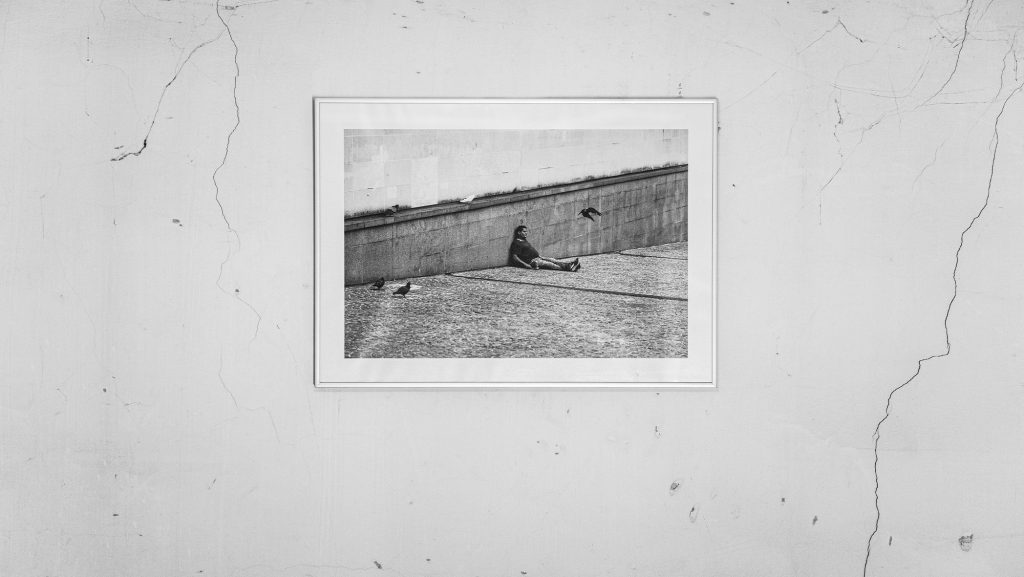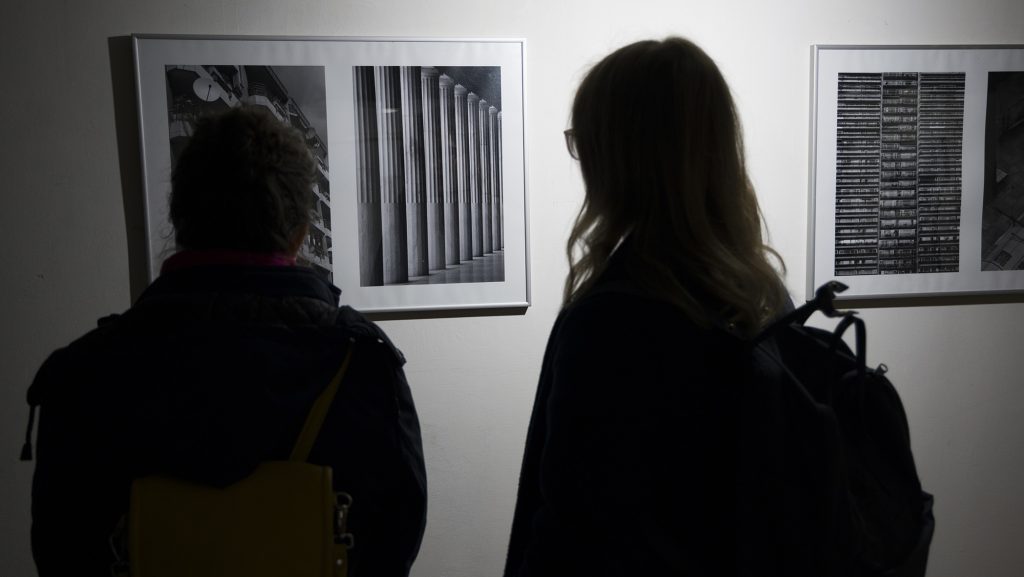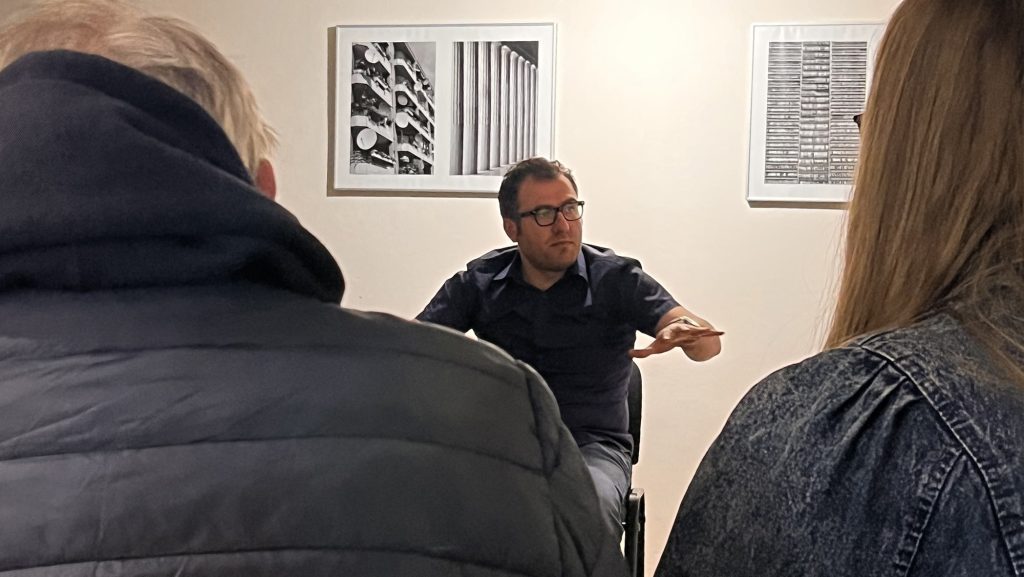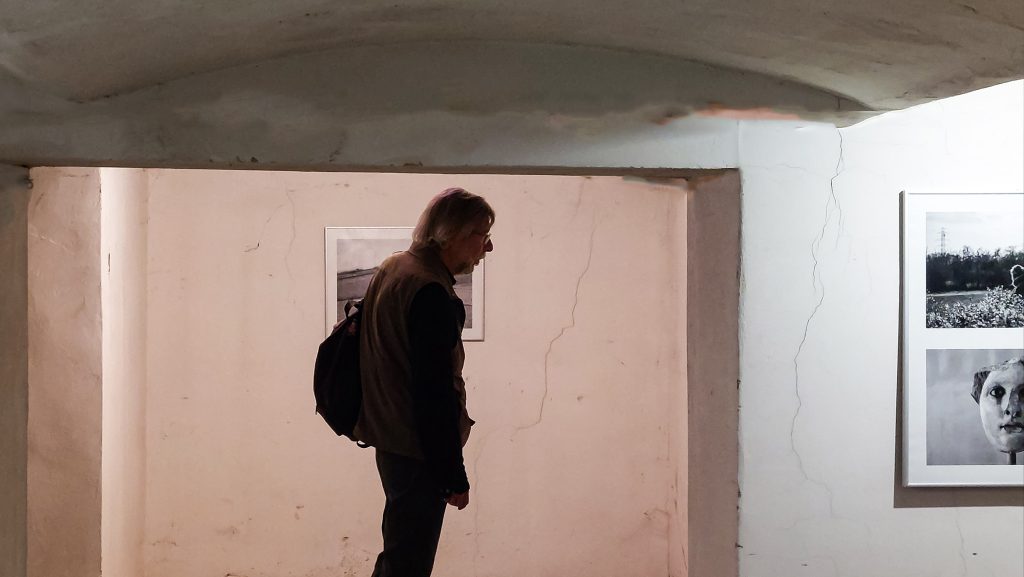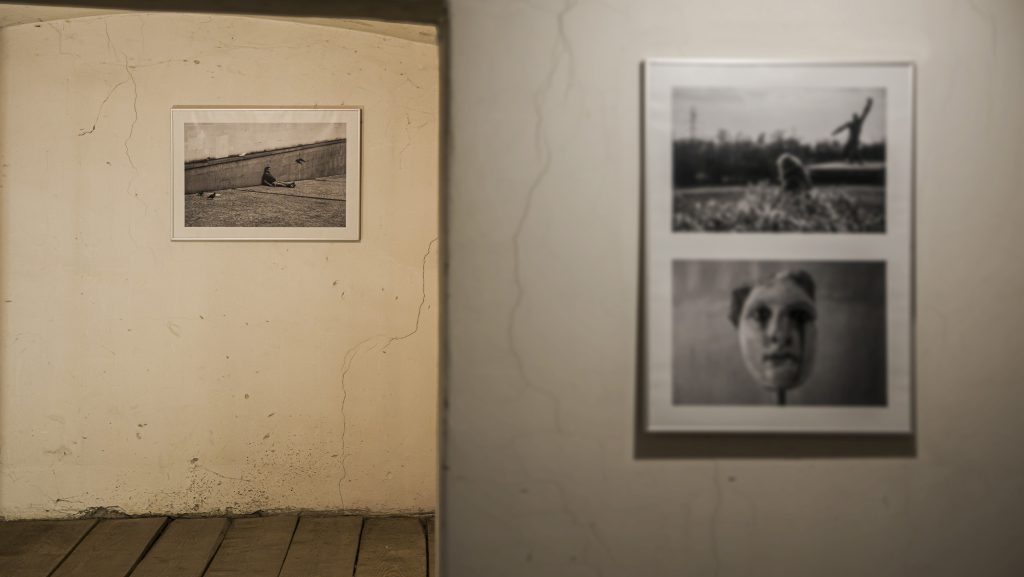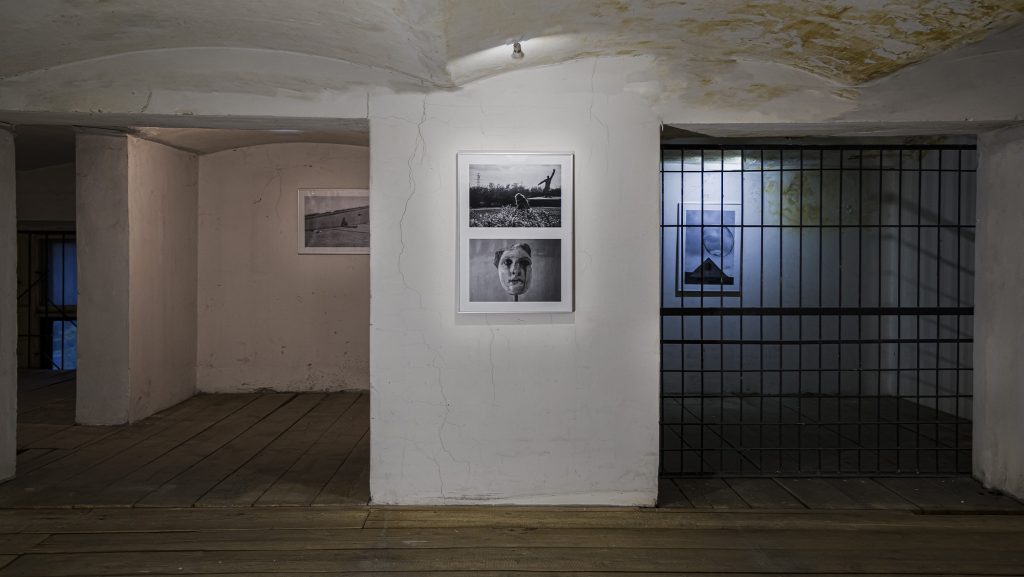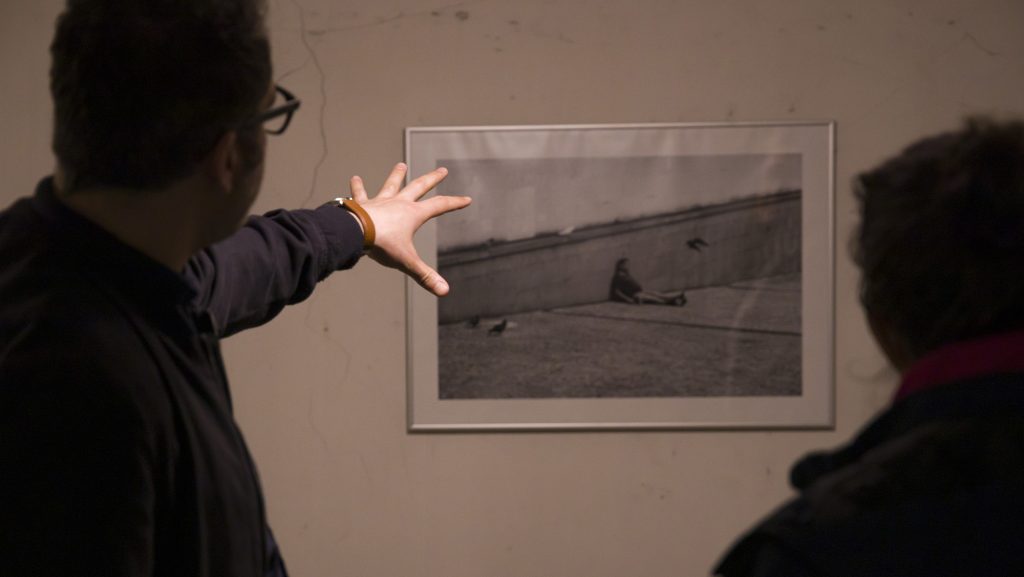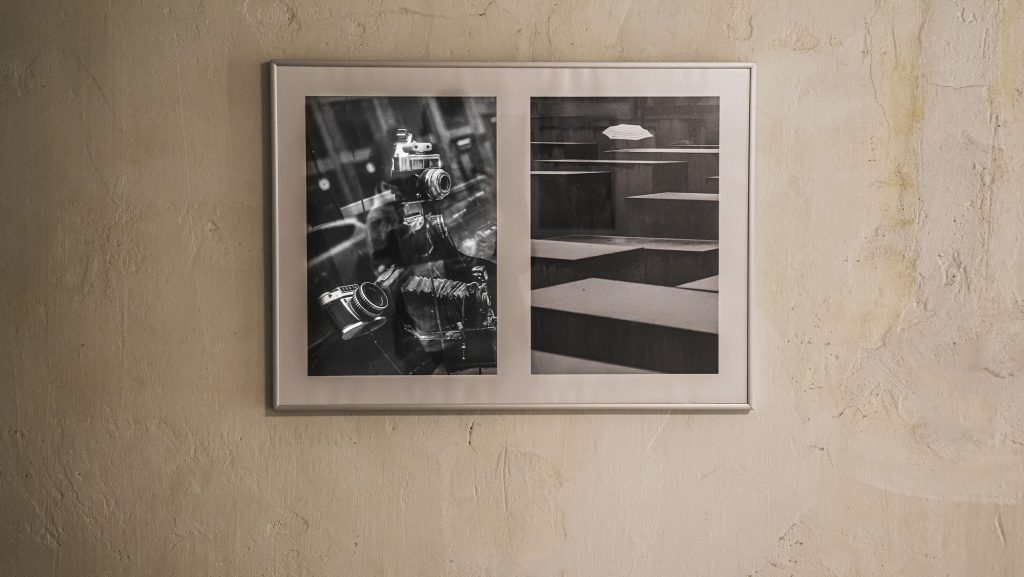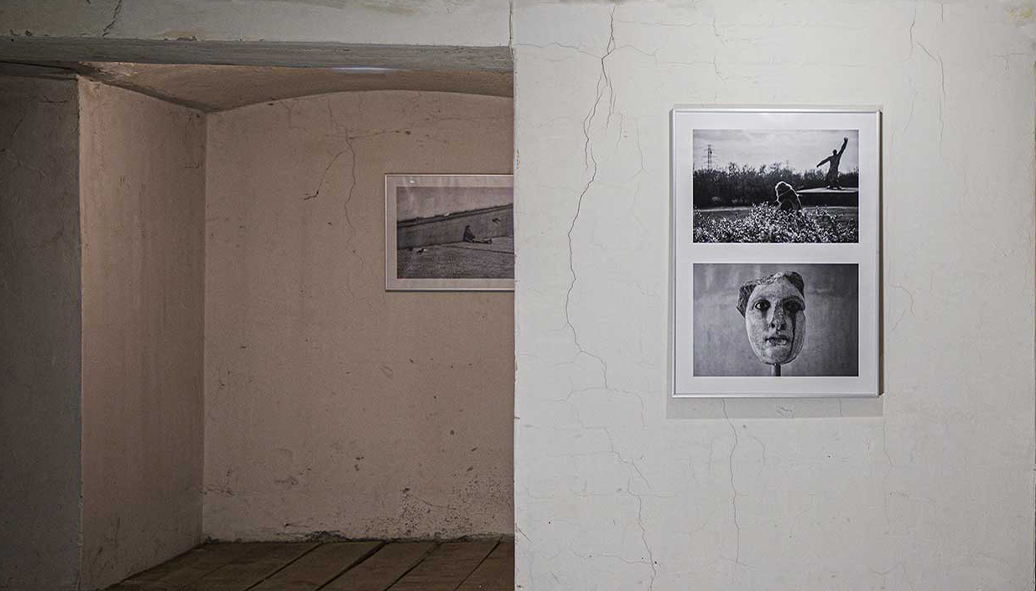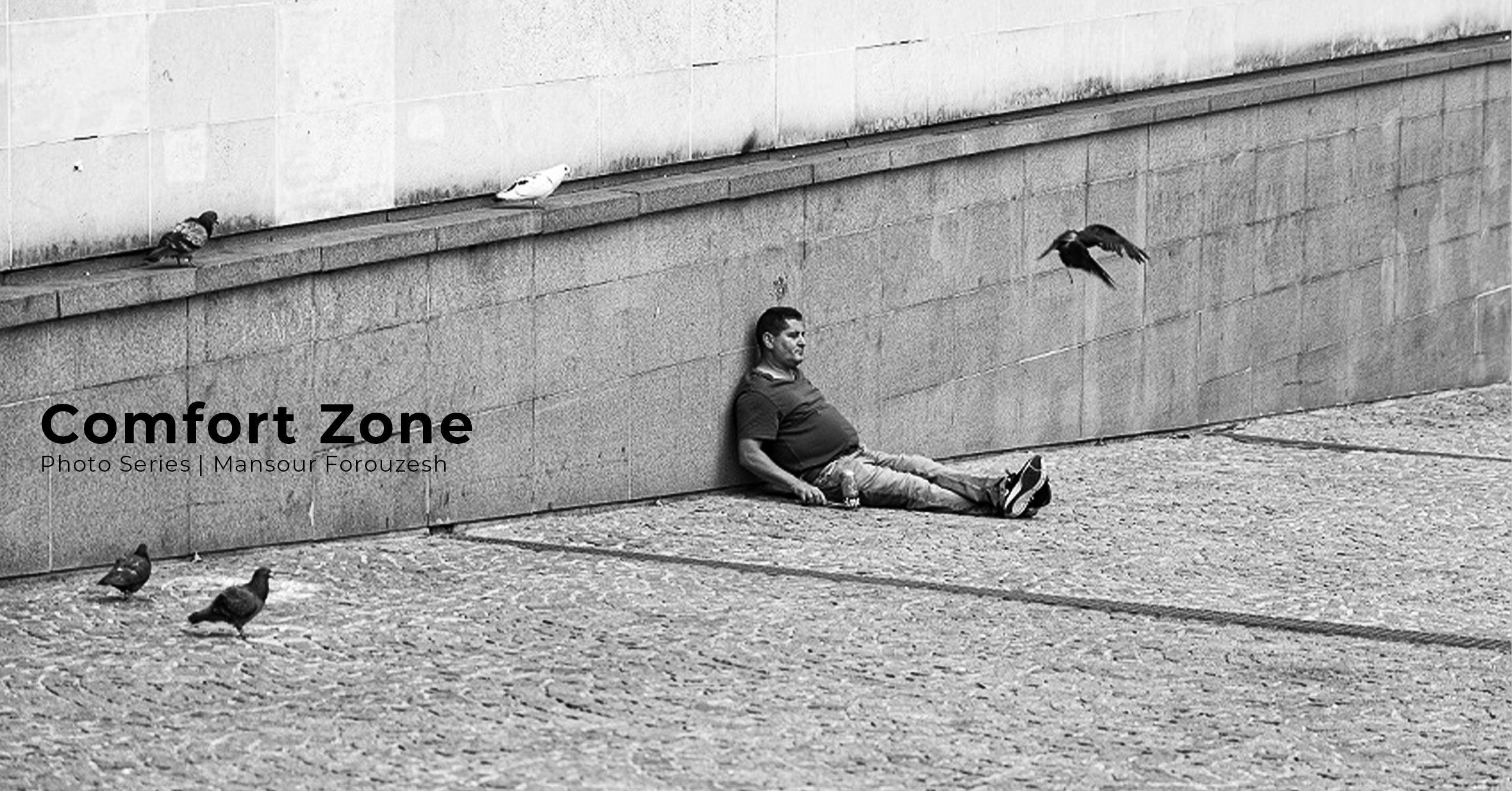
[IN]VISIBLE MEANING
Solo Exhibition
19th - 21st April 2023
Budapest, Hungary
[IN]VISIBLE MEANING
Solo Exhibition
25th - 31st July 2022
Qom, Iran
Comfort Zone is a photographic series exploring the complex relationship between individuals and urban space. Through a visual investigation of how people inhabit and are shaped by the built environment, the work reflects on themes of visibility, displacement, and belonging within the modern city. Influenced by spatial theory and phenomenology, the series frames architecture not as a neutral backdrop but as a political and emotional landscape that encodes social structures and influences human behavior.
Rather than telling a definitive story, Comfort Zone creates an open-ended dialogue between subject and space—highlighting the tension between personal presence and institutional design. The images invite viewers to reflect on their own urban experience, revealing how meaning is often found in the quiet, in-between moments of everyday life.

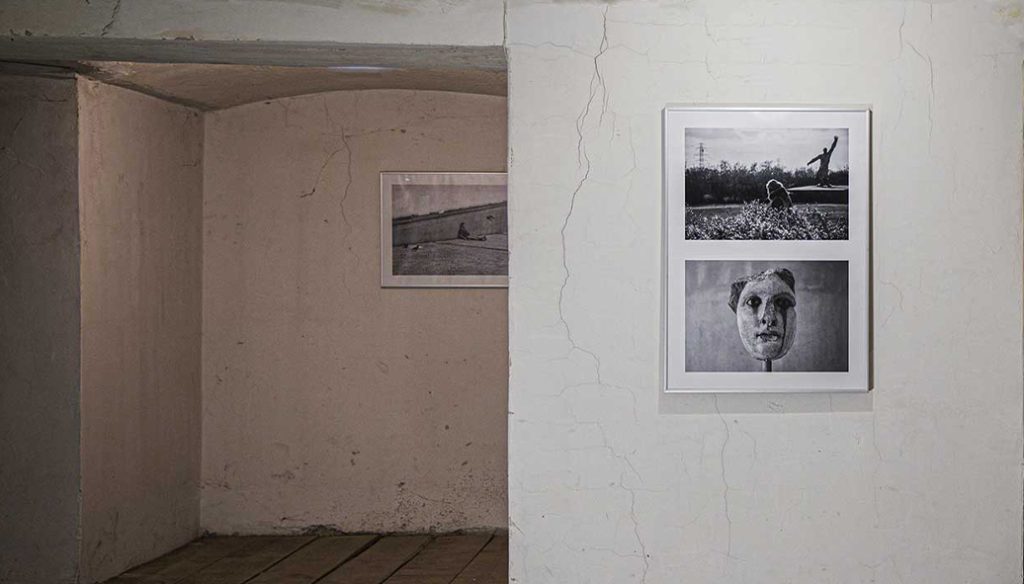


Comfort Zone is a photographic series that examines the intricate relationship between human beings and urban space, focusing on how individuals navigate, inhabit, and are shaped by man-made environments. At its core, this work is an inquiry into the visibility of the human figure within the structured, often indifferent architecture of the modern city—a space where people live, work, and move, yet often feel displaced or peripheral.
Drawing on theories of spatiality and phenomenology, particularly the work of philosophers such as Henri Lefebvre and Michel de Certeau, Comfort Zone questions how urban space is not merely a backdrop but a living system that encodes social structures and ideologies. Lefebvre’s notion of “the production of space” argues that space is never neutral; it is always political and shaped by historical and economic forces (Lefebvre, 1991). This series takes up that proposition, portraying city environments as arenas of both control and expression, where the materiality of space subtly dictates human behavior and interaction.
The visual language of the series resists clear narrative conclusions. Rather than offering a singular interpretation, it invites viewers into an open-ended dialogue, where meaning emerges through the tension between the subject and the space. The absence of overt storytelling mirrors the fragmented, often alienating experience of urban life, where individuals are simultaneously part of a collective system and yet profoundly isolated within it (Simmel, 1950).
Comfort Zone also draws on the existentialist concern with authenticity and the individual’s confrontation with structures larger than themselves. The human figures in the photographs appear as both present and displaced—inhabiting a space built for “citizens” rather than individuals, for functionality rather than emotional or psychological depth. This reflects a broader critique of how modern cities, while designed for efficiency, often overlook the subtleties of human experience (Sartre, 2007). In this sense, the city becomes a metaphor for systems that marginalize personal narratives in favor of institutional logic.
By portraying people in their fundamental vulnerability—often dwarfed by architecture, framed by concrete, or reduced to silhouettes—Comfort Zone poses a subtle yet urgent question: what does it mean to belong to a space that was not built with the nuances of individual life in mind? The series proposes that meaning does not reside in the objects or structures themselves, but in the interstitial space between presence and absence, between the seen and the unseen, the said and the unsaid (de Certeau, 1984).
Ultimately, the work invites the audience not to decode a message, but to feel a resonance—to see the photos not as definitive statements, but as reflections of a shared psychological and spatial condition. It is in this ambiguity that the series hopes to create a narrative space, where viewers might locate fragments of their own urban existence, without being pushed toward a singular interpretation.
